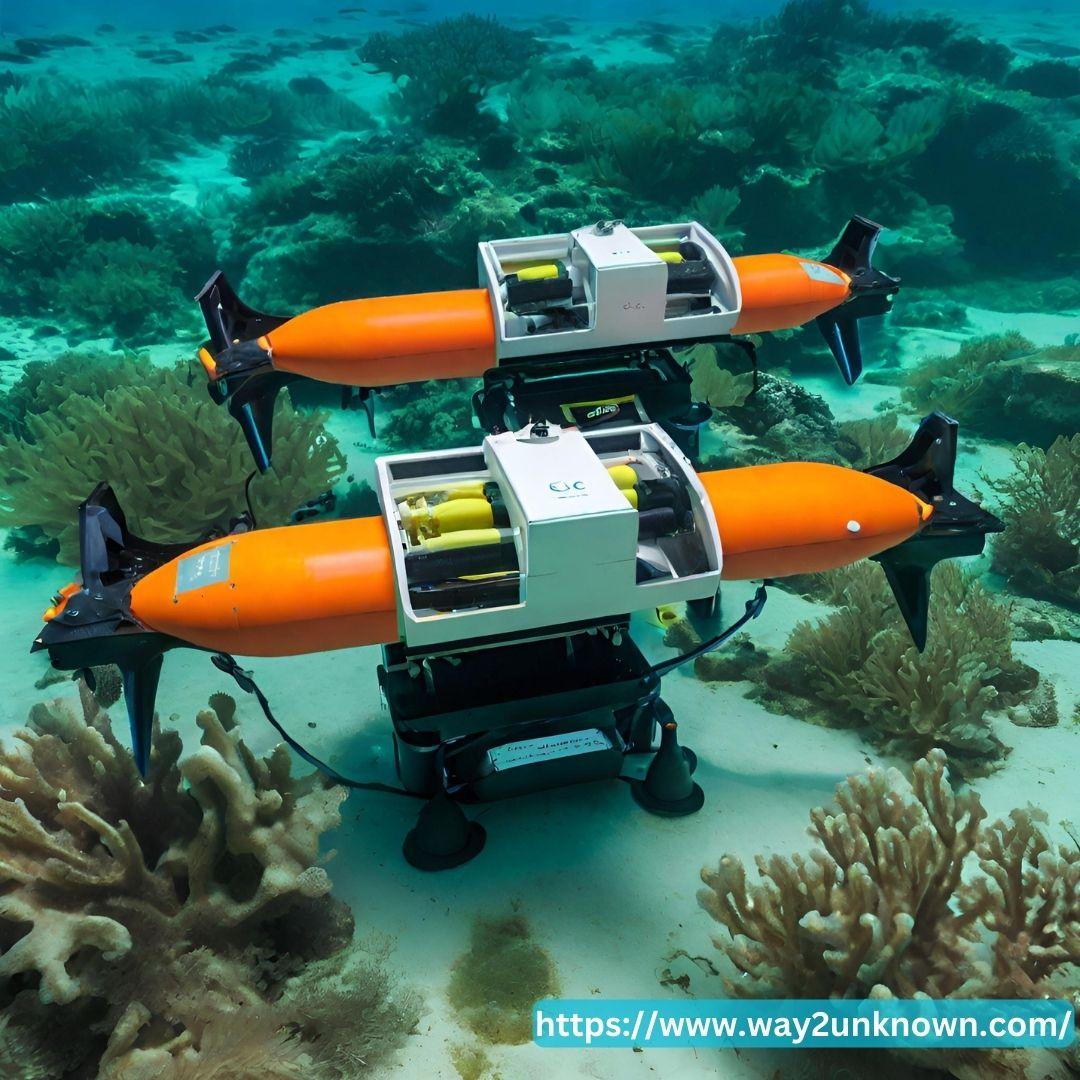Navigating the Depths: AI Technologies for Exploring Underwater Worlds

In recent years, the field of artificial intelligence (AI) has emerged as a powerful tool in studying and preserving marine life and aquatic ecosystems. With the oceans facing unprecedented challenges due to climate change, pollution, overfishing, and habitat destruction, innovative technologies are essential for understanding these complex environments and devising effective conservation strategies.
One key application of AI in marine research is in the analysis of vast amounts of data collected from various sources, such as satellites, underwater sensors, and remotely operated vehicles (ROVs). AI algorithms can sift through this data to identify patterns, detect changes in marine ecosystems, and predict environmental trends. For example, machine learning models can analyze satellite imagery to monitor coral reef health or track the movement of marine species.
Moreover, AI-powered robotics play a crucial role in exploring and documenting underwater environments that are inaccessible to humans. Autonomous underwater vehicles (AUVs) equipped with AI can navigate underwater terrain, collect data on marine biodiversity, and map underwater ecosystems with high precision. These robotic systems enable researchers to study remote and deep-sea habitats more comprehensively and efficiently than ever before.
Furthermore, AI-driven monitoring systems aid in the early detection of environmental threats, such as oil spills or illegal fishing activities, allowing for prompt intervention and mitigation efforts. By combining advanced technologies with traditional conservation methods, scientists and conservationists can better understand the complexities of marine ecosystems and work towards their sustainable management and protection. As AI continues to advance, its potential to revolutionize marine research and conservation efforts offers hope for the future of our oceans and the diverse life they support.